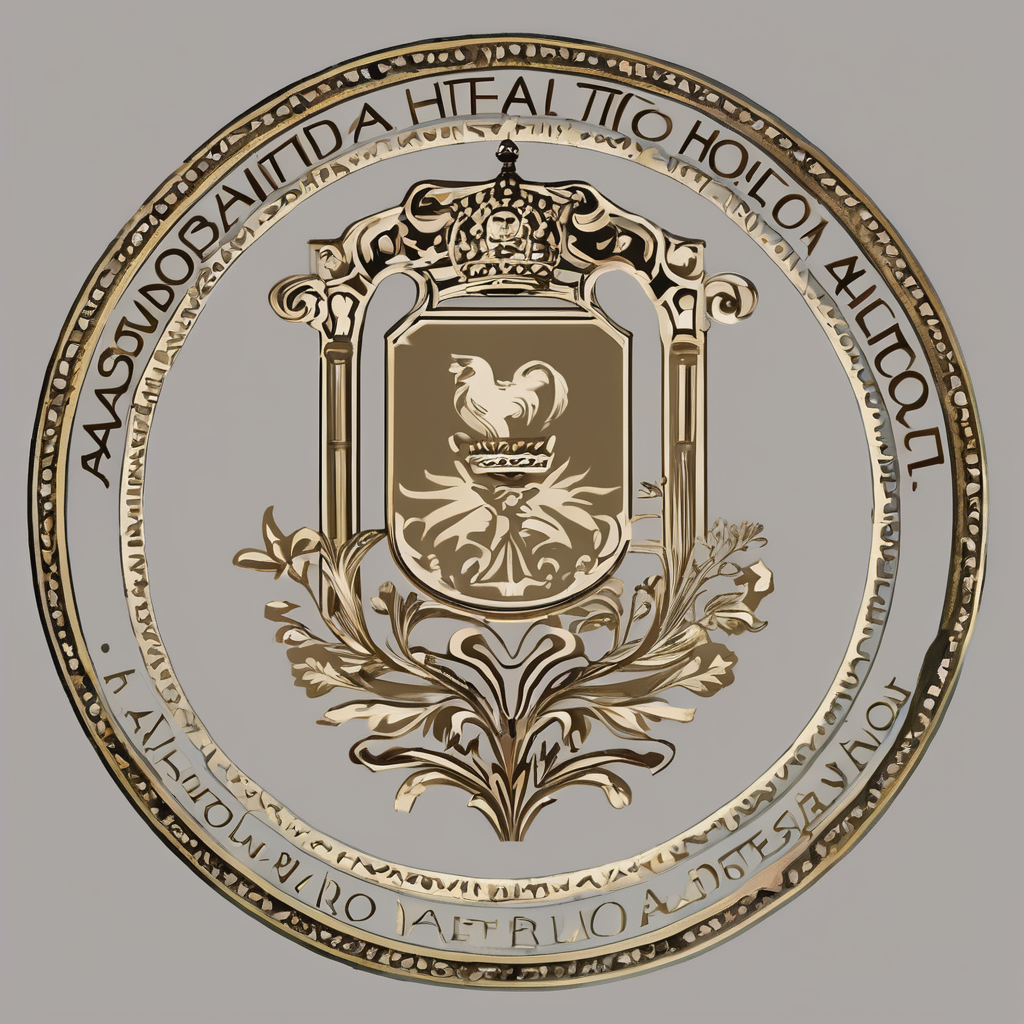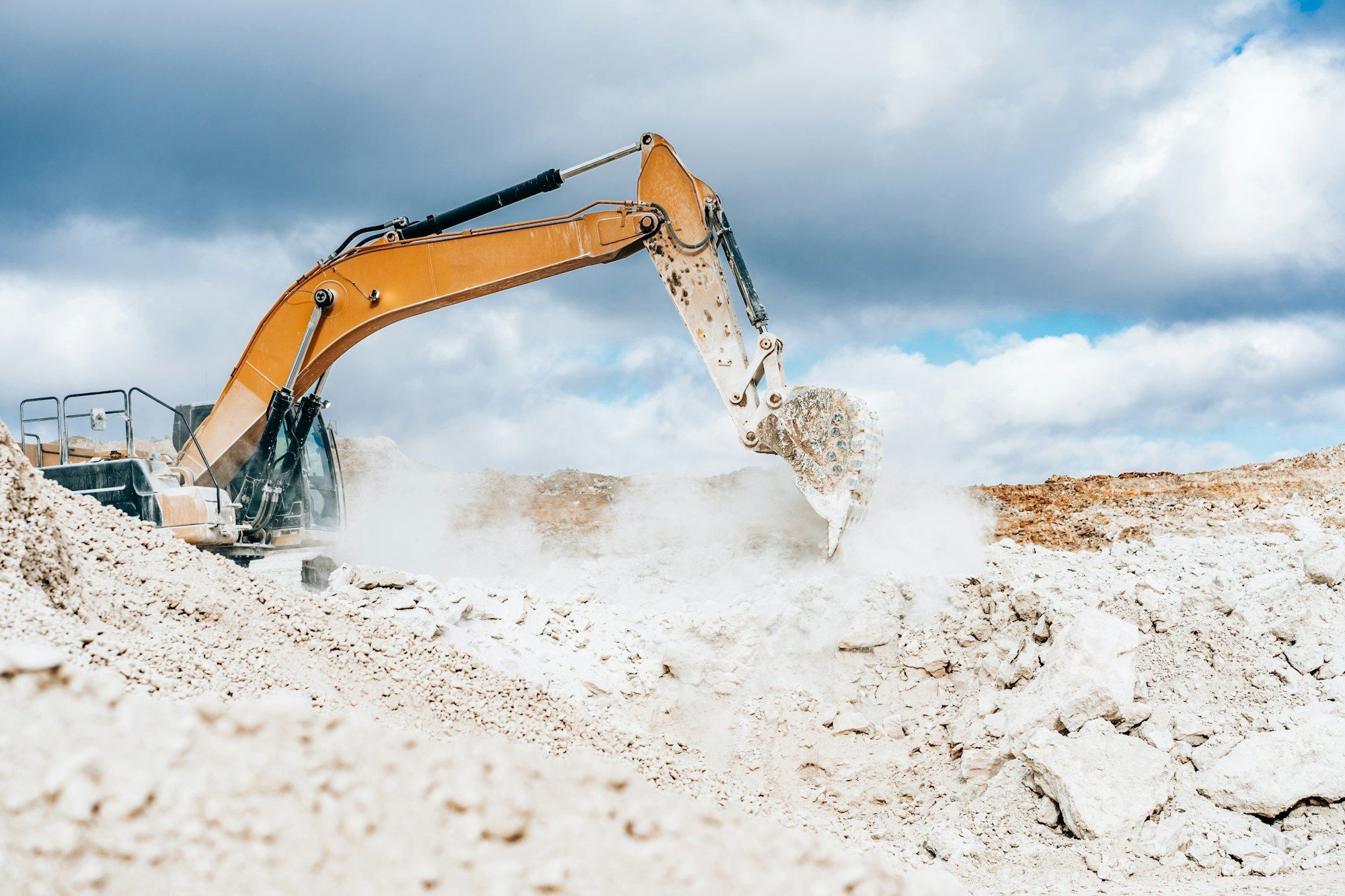The history of British mining is a fascinating tale, filled with stories of innovation, courage, and determination. It is a history that has shaped the country, influencing both its infrastructure and its societal norms. The British mining heritage is well preserved throughout the country and is accessible to anyone interested in delving into the past. This article will guide you through the top sites in the United Kingdom that offer a comprehensive understanding of the British mining history through guided tours. These sites include museums, operational mines, and historical mining districts that provide insight into the rich mining heritage of the country.
The National Coal Mining Museum, England
The National Coal Mining Museum in England offers an immersive journey through the country’s coal mining history. Located at the site of the former Caphouse Colliery in Overton, near Wakefield, this museum brings the history of coal mining in England to life.
Also to see : Where can tourists participate in detailed workshops on traditional British shoe making?
The museum offers a unique opportunity to travel 140 metres underground to one of Britain’s oldest working mines. This guided tour allows you to get a real taste of what life was like for miners working in the dark and often dangerous conditions. Visitors can also explore the galleries showcasing mining artifacts and get a hands-on experience with interactive displays.
Also, the museum organizes regular workshops and events that provide a deeper understanding of the coal mining industry. From the challenges faced during the Industrial Revolution to the culture and community that grew around the mines, the National Coal Mining Museum offers a comprehensive look at the coal mining heritage of England.
In the same genre : What are the best locations in the UK for learning about the history of British maritime navigation?
Geevor Tin Mine, Cornwall
Geevor Tin Mine located in Pendeen, Cornwall, is another must-visit site for mining enthusiasts. Operational until 1990, Geevor is now a premier heritage site offering a comprehensive view of the tin mining history in Cornwall.
The guided tour takes visitors through the processing mill where they can learn about the techniques used for separating tin from the rock. The Hard Rock Museum within the site provides an impressive display of mining artifacts, mineral specimens, and a detailed depiction of the geology of the area.
Visitors can also venture into the underground Wheal Mexico Mine to experience the conditions that miners would have worked in. The authenticity of the site and the depth of information provided make Geevor Tin Mine an essential place to visit for any mining history aficionado.
The Roman Baths, Bath
While not strictly a mining site, the Roman Baths offer a unique glimpse into the mining history of England. Situated in the city of Bath in South West England, this ancient site demonstrates the ingenuity of Roman engineering.
The Romans extracted lead and silver in the Mendip Hills, a small range located close to Bath. The lead was used to line the famous baths and to make pipes for the extensive water system. A tour of this historical site includes the Roman Temple, the Sacred Spring, and the Roman Bath House. Each of these places is testament to the sophisticated mining and construction methods used by the Romans in Britain.
London’s Hidden Gem: The Brunel Museum
Located in the heart of London, the Brunel Museum is dedicated to the works of the brilliant engineer Isambard Kingdom Brunel. A significant part of his legacy is the Thames Tunnel, which is considered an engineering marvel.
Constructed between 1825 and 1843, the Thames Tunnel was initially designed for horse-drawn carriages. However, it was later transformed into a pedestrian tunnel and eventually incorporated into the railway network. The tunnel was built using Marc Brunel’s newly invented tunnelling shield technology, a precursor to modern tunnel digging.
The Brunel Museum offers guided tours of the tunnel, providing a unique perspective on the history of engineering and construction in the UK. The museum also hosts exhibits on other notable projects by Brunel, including the construction of the SS Great Britain, the first iron steamer to cross the Atlantic.
The Big Pit National Coal Museum, Wales
Located in Blaenavon, Wales, the Big Pit National Coal Museum provides a comprehensive look at the Welsh coal mining history. It is part of the Blaenavon World Heritage Site, a testament to the area’s significance in the global industrial heritage.
The highlight of the museum is a 300 feet descent into the mine with a former miner as a guide. The tour covers the evolution of mining technology, safety measures, and the working conditions of the miners. The museum also features exhibitions on the history of coal mining in Wales, the Industrial Revolution, and the socio-economic impact of the coal industry.
From the National Coal Mining Museum in England to the Roman Baths in Bath, each site provides a unique perspective on British mining history. They reveal not only the evolution of mining technology and techniques, but also highlight the cultural and societal changes that this industry has brought about. Understanding this past helps us better appreciate the country’s rich industrial heritage.
The Snailbeach Lead Mine, Shropshire
The hidden gem of Shropshire, the Snailbeach Lead Mine, is another must-visit location for mining history enthusiasts. Having been operational till the late 1950s, Snailbeach is the most complete lead mining site in the United Kingdom.
The site offers an insightful guided tour, which takes visitors through the labyrinth of underground passages and to the surface buildings, including the Blacksmith’s Shop and the Engine House. The tour also includes the Shropshire Mines Trust’s Visitor Centre, which houses an array of mining equipment and artifacts.
The Snailbeach Lead Mine doesn’t just tell the story of lead mining; it also provides a picture of the working conditions of the miners, the evolution of mining techniques, and the role of lead mining in the Industrial Revolution. The tour is completed with a visit to the Miner’s Cottage, which offers a glimpse of the social history of the mining community.
The Levant Mine and Beam Engine, Cornwall
Situated on the stunning Cornish coast, the Levant Mine and Beam Engine is a UNESCO heritage site that forms part of the Cornwall and West Devon Mining Landscape. The Levant Mine was operational till 1930 and was known for producing tin and copper.
The site is home to the oldest working beam engine in the world, which was used to drain water from the underground workings. Visitors can witness this magnificent piece of engineering in action during the guided tour.
The guided tour also includes a walk through the labyrinthine underground tunnels, providing visitors with a firsthand experience of the harsh conditions that miners faced. The tour ends with a visit to the on-site museum, which houses an impressive collection of mining artifacts and tells the story of Levant’s prosperous past.
The history of British mining is indeed a rich and fascinating one. From the coal mines in England and Wales to the tin mines in Cornwall and West Devon, each site offers a unique perspective on the country’s industrial past. A visit to these sites not only provides a comprehensive understanding of the evolution of mining techniques but also offers a glimpse into the social history surrounding the mining communities.
Moreover, the guided tours at these sites, led often by former miners or local historians, bring the past to life, creating a unique and engaging learning experience. Whether you are a mining history aficionado or a casual traveler looking for a unique cultural experience, the mining heritage sites in the United Kingdom are definitely worth exploring.











